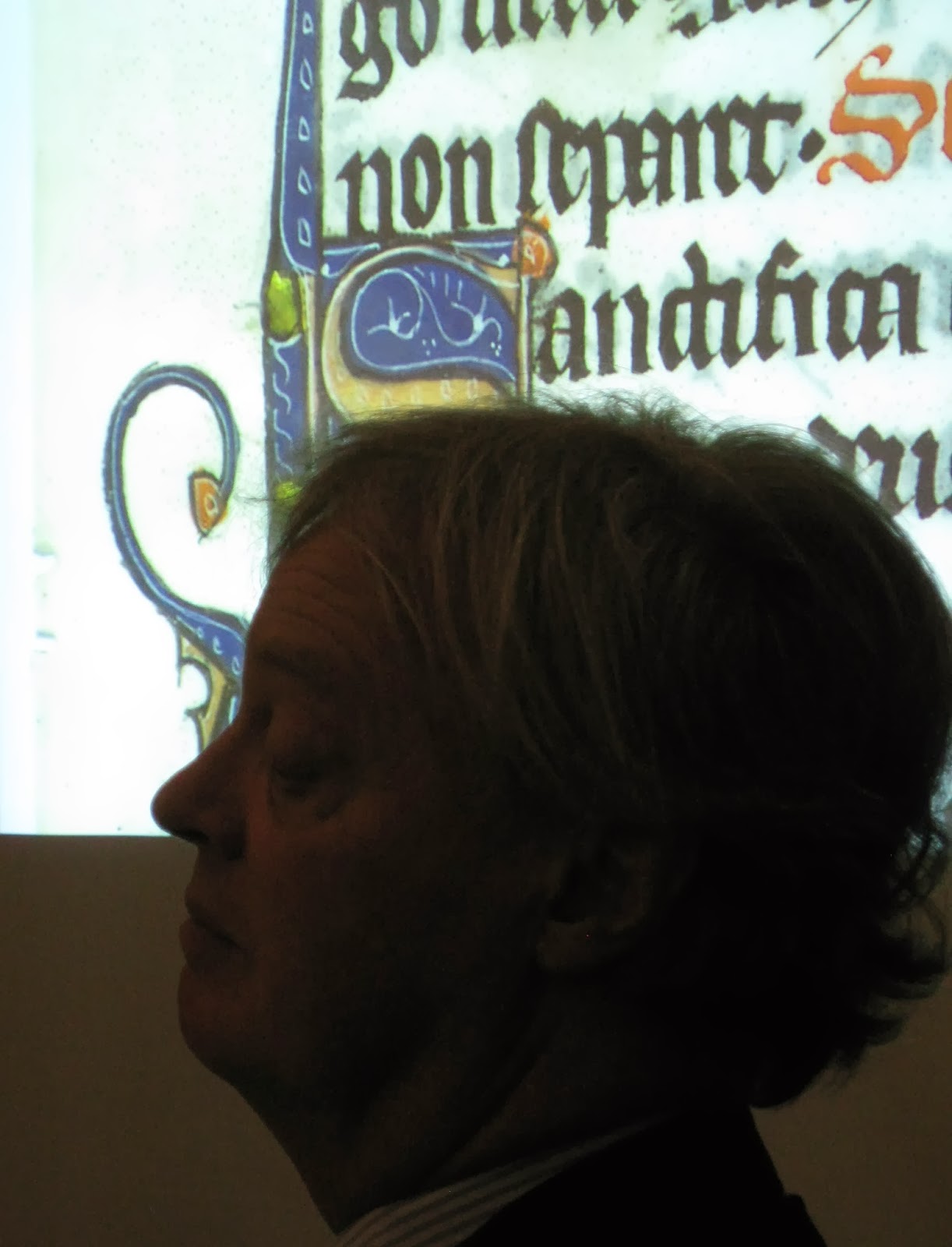A "Suspicious Tourist" in front of the Mission San Luis Rey
While the priest gave a lesson on the importance of forgiveness, he mentioned that he was a Franciscan friar. I figured the missions must have been run by Franciscan friars. Who else is better suited to the harsh conditions of the New World than friars sworn to poverty? (After visiting the museum at the mission, I found I was correct in my deduction).
After the Mass had ended, I walked outside with my aunt where I came across the friar, now dressed in his brown habit, speaking to two teenagers about how he had grown up in San Francisco's Chinatown. Seeing that he seemed friendly, I decided to engage him in conversation once he had finished speaking with the teens. He introduced himself as Brother Franklin. After an initial confusion (he was hard of hearing and thought I wanted to become a friar!), we had a long conversation.
"You're a good Catholic, I assume?" Brother Franklin said.
I sheepishly replied that I was not, and explained that I was raised a Methodist.
"Ah, it's all the same to God anyway," he said, smiling,"I often wondered why there were so many denominations, but then I looked to the plants and realized that, while God could have chosen to make one super-plant, he instead allowed many varieties of plant to flourish in different places around the world."
He went on to advise me to always show my faith and embrace it, because it is the most important thing in life. He said not to let it lie fallow and untended, but to nourish it through charity and prayer. Brother Franklin's simple and friendly, yet powerful words amazed me. I'd often been taught about how friars spread their faith through preaching and had read about their humble, devoted style, but experiencing it in person made me understand, perhaps for the first time, why the Friars Minor were so incredibly successful in the 13th century.
I asked him how long he had been a friar. "Since the early 1990s. Before then, I was a tenured professor of Agriculture at Texas A&M," he explained, pausing before continuing. He explained how, after much spiritual guidance, he had decided to give everything up and join the Franciscan Order. I asked him if he was happy, to which he told me that it was wonderful to live with others supporting him in his faith. I told him about my project with the Breslauer Bible and how it involved Franciscans, as well as about my aspirations to become a Medievalist. He told me to continue to work hard and get my PhD and then see where God would take me. "While your path may seem clear now," he said with a smile,"keep in mind that I didn't decide to become a friar until I was forty and well into my career. God has a plan for everyone; you'll end up in the place he intends for you."
We bid each other goodbye. I watched as he walked off towards the mission cloister, amazed. I didn't know people still did things like that, giving up everything to join a holy order. While I don't think I'm going to become a friar any time soon, Brother Franklin's advice has not fallen on dead ears. I will make sure not to forget my faith whilst striving for achievements in academia.
Seeing a Franciscan in person has helped me understand the appeal and charisma of a friar in a way which my textbooks never made clear. It also makes me wonder if our mysterious Brother Adam had similar conversations about faith with any young men in the 14th century.
That's all for now, but I intend on posting again once I meet with Dr. Gwara and Aaron sometime in the next week or two.

























